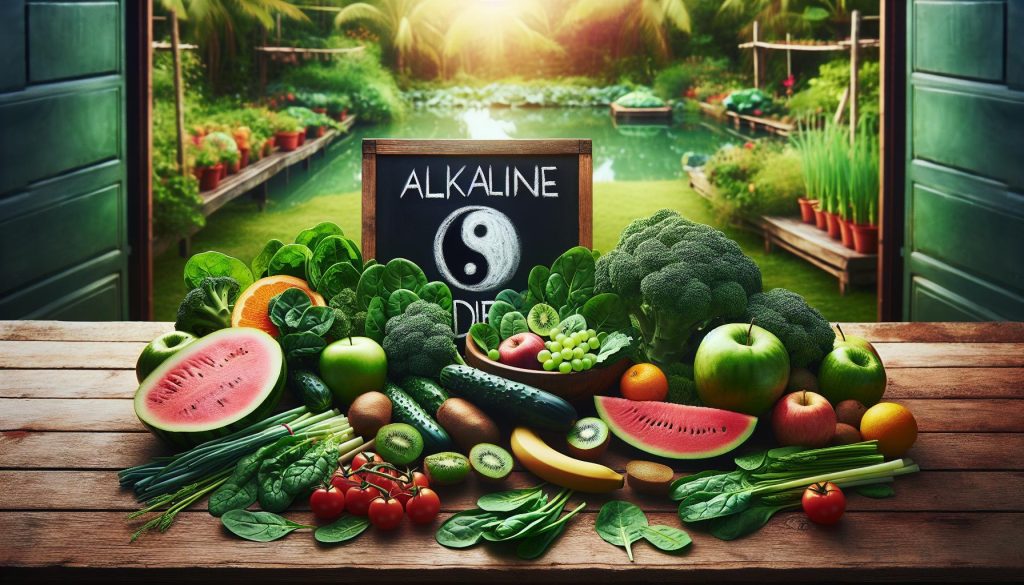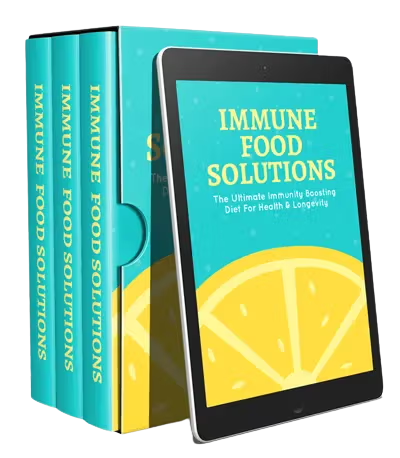
Introduction to the Alkaline Diet and the Foods It Includes
So, you’ve come seeking answers to the intriguing question: “What foods are included in an Alkaline Diet?” Excellent! As a brief introduction, the Alkaline Diet is a eating lifestyle that centers around foods known to affect the pH level of your body. Simply put, these are foods prone to leave an alkaline ash after digestion, working to balance your body’s acid levels. Diving into the depths of this diet, we’ll be introducing you to a whole host of healthful options and an exciting exploration of the foods that define the Alkaline Diet.
Diving Deep into Alkaline Diet Basics
The Alkaline diet is all about balance – not just with your palate, but with your body’s pH level as well. Now, you might be wondering, “what’s the deal with the body’s pH, and what’s this got to do with food?” Remember those chemistry lessons about acidic and basic solutions? It works the same with food. Different foods, once metabolized, leave behind what’s known as an “acidic” or “alkaline” residue, otherwise termed as “ash.”
The Importance of Alkalinity
To embrace the Alkaline Diet is to opt for foods leaving alkaline ash, aimed at maintaining the body’s pH between 7.35 and 7.45. Maintaining this pH is critical as it allows enzymes to function correctly, aids the body’s repair mechanisms, and fortifies the immune system.
What Are The Main Foods Included in The Alkaline Diet?
Generally, foods that are high in minerals like calcium, potassium, magnesium, and iron are believed to be alkaline-promoting. These foods predominantly include fruits, nuts, legumes, and vegetables, while foods like meats, dairy, and grains are typically classified as acidic.
Chart-topping Alkaline Foods
Get ready for a grocery list upgrade! Classic favorites from the Alkaline kitchen include millet, tofu, almonds, green leafy vegetables like spinach, broccoli, and kale. Fruits such as bananas and avocados, cucumbers, peas, and peppers also receive a prime spot in the alkaline food pyramid.
The Other Side of the Coin: Foods to Avoid
Just as essential as the foods to embrace are those needing discretion. Foods identified as leaving acidic residue include sugary sodas, coffee, dairy, eggs, meat, most grains, and alcohol. Despite its bitter taste, even citrus fruits like lemons and oranges in fact leave an alkaline residue and are thus safe for consumption.
A Peek into Portion Sizes and Food Combining
It isn’t just about which foods are alkaline, but how you eat them also matters. Working out a balance between acidic and alkaline foods is critical, with a 70-30 or 80-20 alkaline to acidic ratio recommended frequently.
Conclusion:
Embarking on the Alkaline Diet journey is like embarking on a magical adventure. Preparing your meals becomes more than just a day-to-day chore: it now involves a plethora of healthful options ready to freshen up your dining table and your well-being. Embracing the Alkaline Diet brings with it a balanced body chemistry, and armed with this newfound knowledge about alkaline foods, you’re all set to achieve this harmony.
Frequently Asked Questions
1. Are bananas alkaline? – Yes, bananas are alkaline, and they are a great addition to the Alkaline Diet.
2. Are lemons and oranges alkaline or acidic? – Though they taste acidic, lemons and oranges are alkaline in residue and are safe for the Alkaline Diet.
3. Is coffee alkaline or acidic? – Coffee is acidic and should be taken in moderation on an Alkaline Diet.
4. Do I have to completely avoid acidic foods on an Alkaline Diet? – No, balanced consumption is the key. Maintain a 70-30 or 80-20 alkaline to acidic food ratio.
5. I’m a meat eater. Will I need to go vegan on an Alkaline Diet? – No, but you should reduce your intake of meat as it’s considered acidic.



